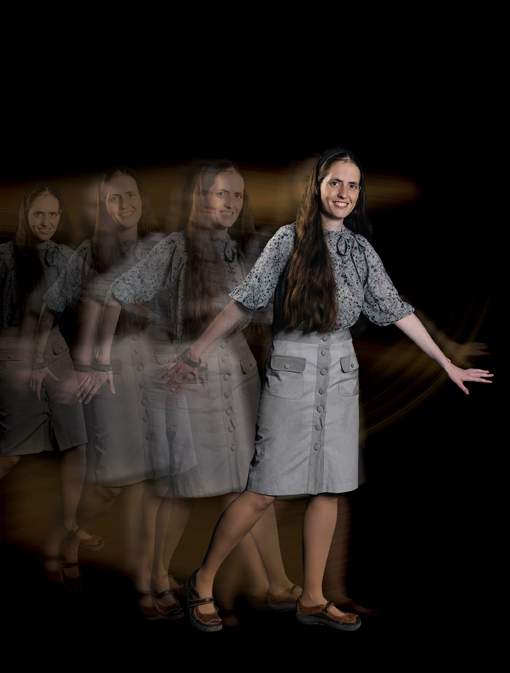Are you a journalist? Please sign up here for our press releases
Subscribe to our monthly newsletter:

Dr. Anat Levin: "Computer files contain a lot of information, and I hope to research their properties to reveal new ways to get at and use that information. Interesting subjects for future work include dynamic range, color correction, motion blur and extracting information on illumination and the reflectance properties of objects."
Having to choose sometimes means we lose out on the thing not chosen. Photographers know this when they opt to focus their lens on a flower in a natural setting. Both the far-off tree and the nearby rock will come up fuzzy in the image – a choice that's irreversible once the photo is snapped. But Dr. Anat Levin, who recently joined the Institute's Computer Science and Applied Mathematics Department, is not satisfied with this state of things. "We're still thinking within the constraints of analog photography; but now that we have computers to process digital data, these constraints no longer exist," she says. Levin's challenge is to extract the information contained in the computer picture files and use it to sharpen the image all over.
Levin's research takes an integrated approach to both the design of the camera lens and the computer algorithm for processing the image. The optical system she has developed includes segments of lenses with different ranges of focus combined in a sort of compound lens. By using these lenses together with the special algorithms, much more information can be obtained from the simple act of light passing through a camera lens, and the resulting pictures can be blur-free, even in photos of moving objects or those with deep backgrounds. In the future, these improvements might have applications in medical imaging and security.
Dr. Anat Levin's research is supported by the IPA Prize for a Promising New Scientist, funded by Dana and John R. Burgess and Stacey and Gregg Steinberg; the Sara Lee Schupf Postdoctoral Award funded by the Clore Foundation; and S. Donald Sussman.